
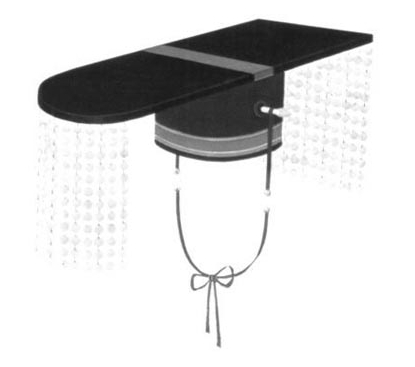
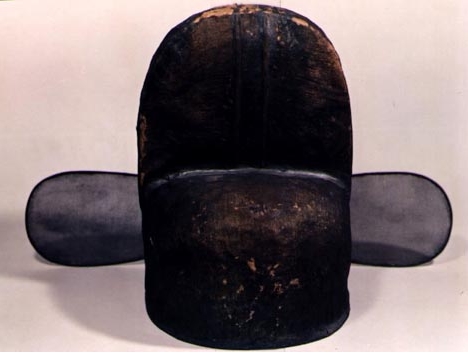
Cap was invented long ago in China. For example, in Chinese idioms, there are "Yi Guan Chu Chu" (neatly dressed both in clothes and in cap), and "Guan Mian Tang Huang (elegant and stately in dressing)", and so on. The "Guan" and "Mian" here refer to cap.
The code of wearing caps was an important part in China's costume code: when a man reached the age of 20, he began to wear cap, and on that occasion there was a ceremony called "Guanli (Ceremony of the Cap)", indicating that he had grown up.
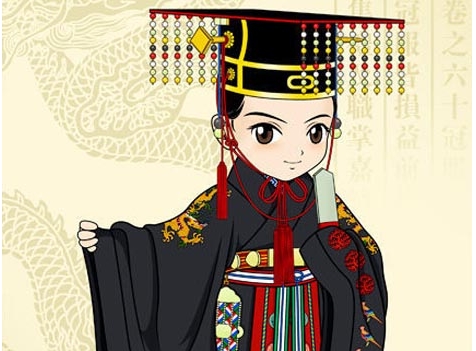
The cap in ancient China was not the same as the present-day one. It had only a narrow ridge covering only part of the calvaria, not like today's cap that covers the whole head.
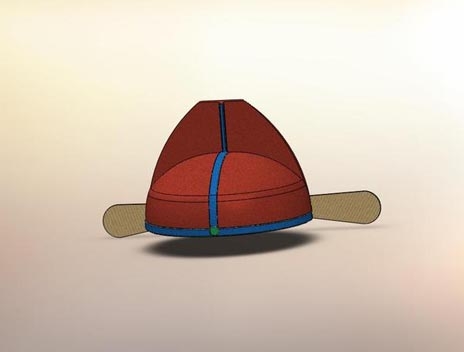
After the cap came into being, hierachical rule in terms of social status was applied to it: a poor person with a low social status was not allowed to wear a cap. The rule on cap wearing was different from dynasty to dynasty.
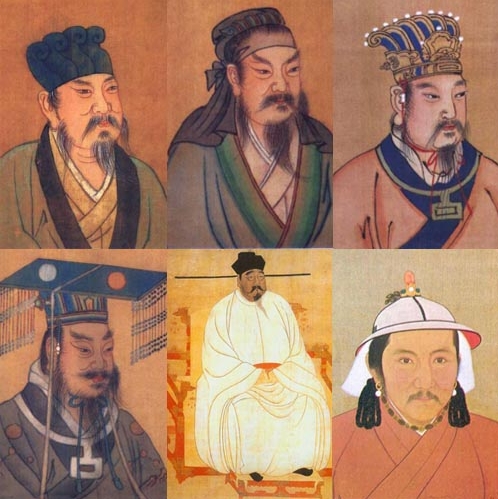
In the Han Dynasty (206BC-220AD), the shape of the cap was already similar to that of today. Cap must be matched with a headband. A lowly person could only wear a headband, and a minor was only allowed to wear a hollow headband. The influence of such a rule lasted until the Ming Dynasty (1368-1644).
In the Ming Dynasty, the Wushamao (black gauze cap) appeared in the official uniform. "Mian" appeared earlier than "Guan", and generally refers to "Mian" (crown) specially used by the king. Only when the son of the emperor succeeded to the throne could he be coronated (Jiamian, in Chinese, meaning offering the crown). Laborers could only wear headband, mostly for wiping off the sweat, and later it served as a cap.
Chinese caps have their own national features. In ancient times, people of the Liao (916-1125) and Jin (1115-1234) Dynasties usually wore fur caps, and people of the Yuan Dynasty (1271-1368) usually wore helmet-style caps and hats. Moreover, there were little colorful cap of the Uygur, felt cap of the Tu, fox fur cap of the Mongolian, and so on. In daily life, cap (hat) has also such functions as cold protection, warm keeping, and decoration.





